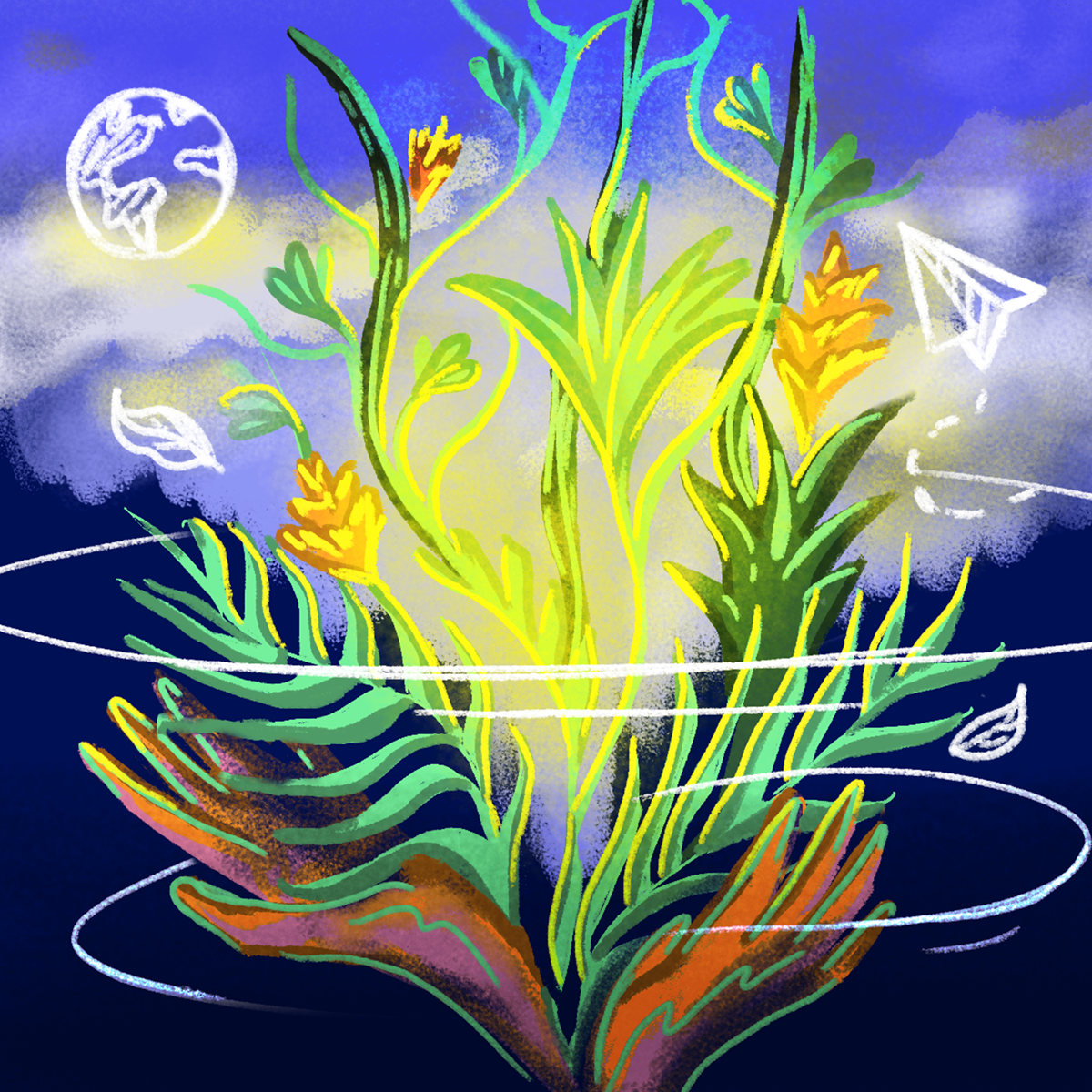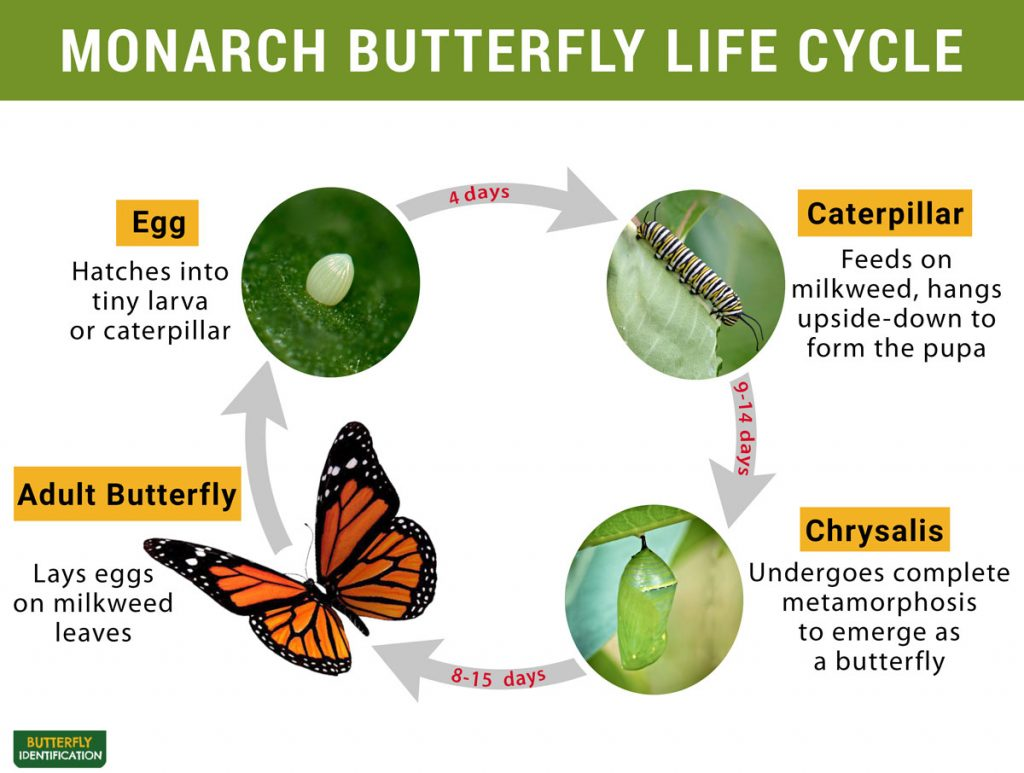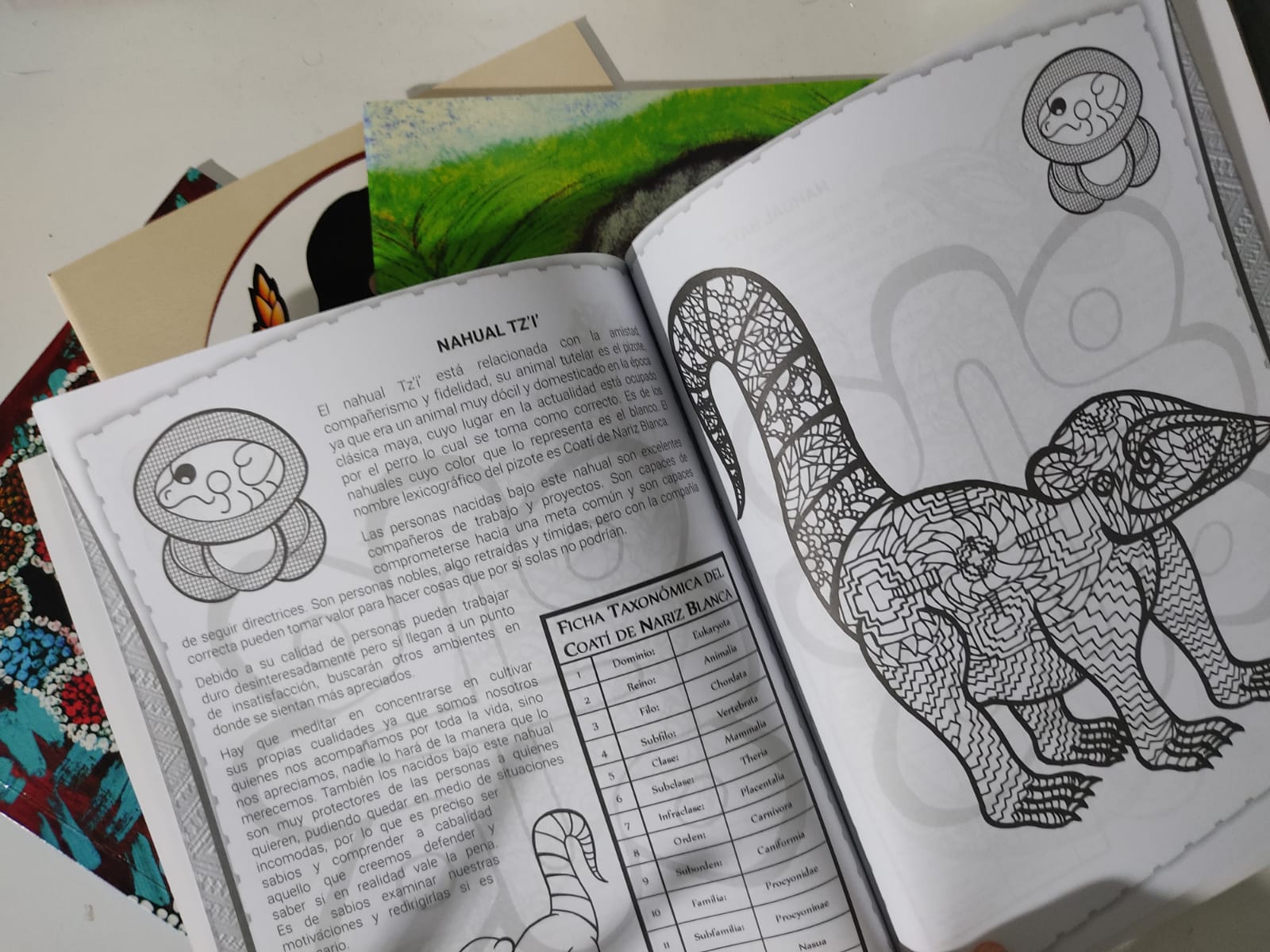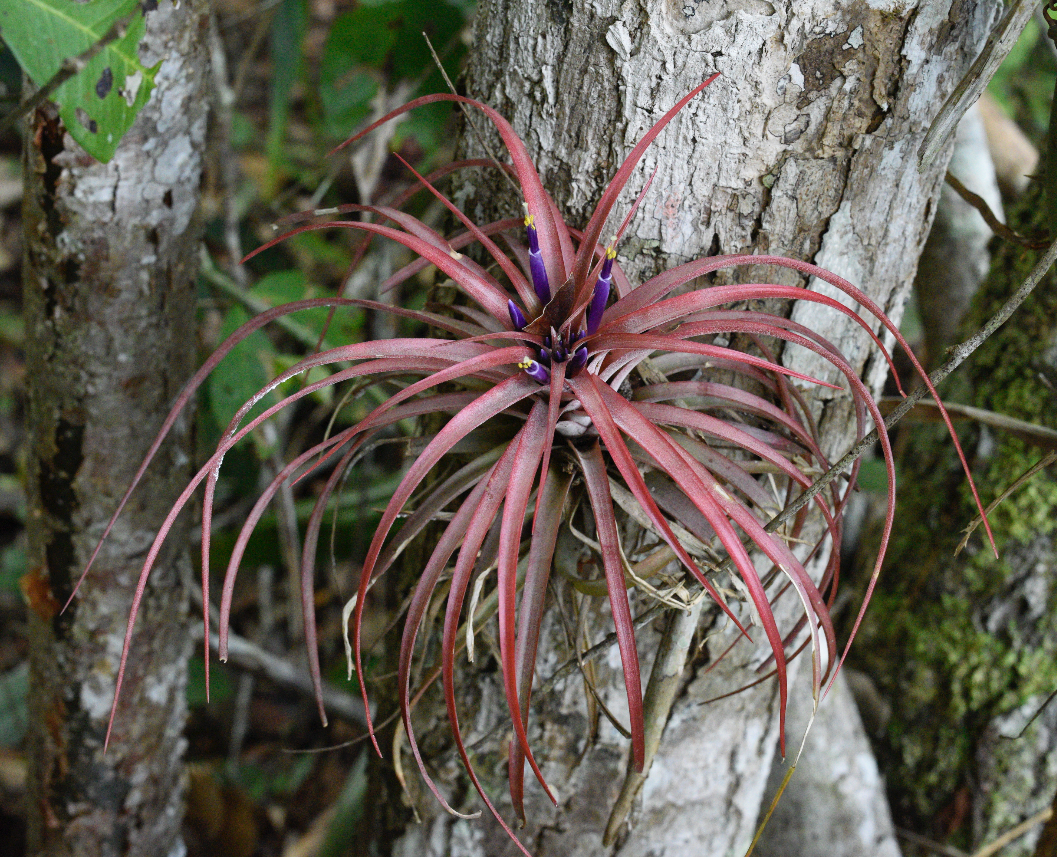
Beauty and susceptibility of bromeliads Tillandsia brachycaulos Schldl. – Gallo
The genus Tillandsia is the largest of the Bromeliaceae family. They are characterized by having various adaptations that allow them to deal with water scarcity. They have several leaves, bracts and sepals very grouped, which allows them to create “tanks” of water that also provide a microhabitat for various insects. In addition, they have the CAM photosynthetic system, which makes efficient use of water during photosynthesis (Chilpa, Andrade, Rodríguez & Reyes, 2017).
Tillandsia brachycaulos Schldl. is a species of bromeliad common to observe in the Yaxha-Nakum-Naranjo National Park. It’s commonly called “gallo” or “gallito” and has an epiphytic habit, it lives on trees or shrubs. Despite being on the trees, bromeliads are not parasites, they get their food from the organic matter that falls on them, from dew and sunlight.
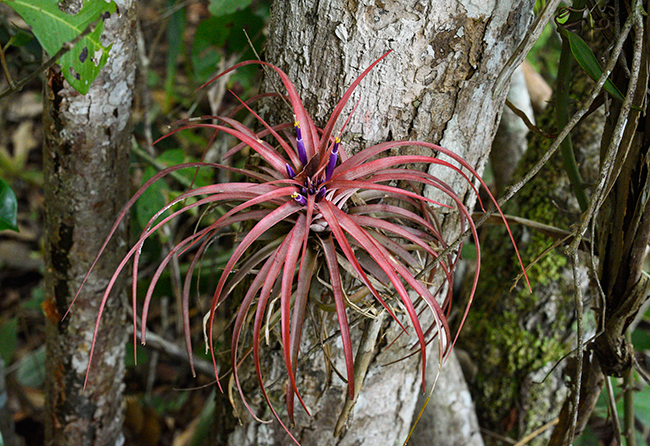
Photo taken with a Nikon D810, lens Sigma 35 mm/F 1,4 DG; settings: 1/125 sec; f/9; ISO 7200.
T. brachycaulos has brown leaves with purple tones that can measure up to 22 cm long. Its tubular flowers are hidden between bracts and their live purple petals can measure up to 7 cm long (CONAP, 2016).
In Guatemala, it’s found at altitudes between 0-1,600 masl in the departments of Escuintla, Izabal, Petén, Santa Rosa, Sacatepéquez, San Marcos and Suchitepéquez. It is in category No. 3 of CONAP, which indicates that it can be commercialized, but under a sustainable management plan because it’s vulnerable to the danger of extinction. (CONAP, 2016).

This photo was taken, surprisingly, with a iPhone XS.
Despite being abundant in the Peten forest, T. brachycaulos and most of the bromeliads, are highly sensitive to climate change because the scarcity of rain and high solar radiation cause a reduction in photosynthesis, causing stagnation in their growth, development and change in the pigment of its leaves, making it more difficult to survive (Cach, Andrade & Reyes, 2014).
Even though its different adaptations to withstand drought, when its microhabitat changes, the physiological processes of this bromeliad are affected quickly. This makes it a useful study model to identify possible short-term effects of climate change (Cach, Andrade & Reyes, 2014).
Bibliography:
- 2014
- La susceptibilidad de las bromeliáceas epífitas al cambio climático. Botanical Sciences. Vol. 92, No. 2. 157-168 pages.
- 2017
- Claveles del aire y su vida en las alturas. Herbario CICY. No. 9. 131-137 pages.
- 2016
- Guía de Reconocimiento del Género Tillandsia de Guatemala. 113 pages.
Blog prepared by Marcella Sarti.
First posted: August, 2019.



